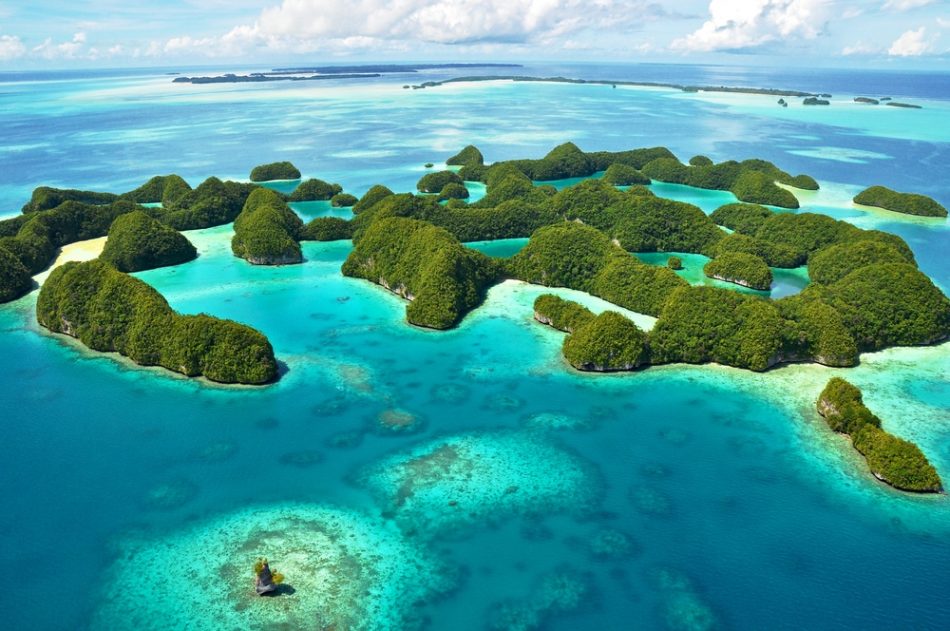A study carried out by geneticists at Harvard University, in collaboration with Indigenous communities, has revealed five previously undocumented migrations around remote Pacific islands. These people were the world’s earliest transoceanic seafarers, being able to navigate long journeys across the open Pacific Ocean with impressive speed and skill and developing the first technology to do so.
Genome-wide association studies on 164 individuals dating back 2,800 to 300 years ago and 112 modern individuals were carried out, where each person’s DNA was sequenced and compared through mathematical simulations. This analysis allowed for cultural and geographical secrets of this ancient society to be revealed.
Migrating populations
This method yielded insights into the extraordinarily complex genetic backgrounds of the people of this region, speaking to their active geographical history. Here individuals from multiple surrounding countries – such as modern-day Australia, New Guinea, the Bismarck Archipelago, and the Solomon Islands – migrated to these remote Oceania. Plus, there was common movement between the 2,000 islands, creating large amounts of genetic diversity.
Previously, the migration routes that ancient people took to the Pacific Islands were debated. Through analyzing ancient DNA, this history was able to be more accurately determined, defining five clear migration routes to the region.
Understanding the Pacific’s matrilocal history
The results also indicated that about 2,500 to 3,500 years ago, early inhabitants of these islands—including Guam and Vanuatu—had matrilocal population structures. This means women typically remained in their communities after marriage, while men more often moved out of theirs to join their partners.
These findings add to growing evidence that early seafarer cultures were organized through female lineages. This set-up is the opposite of many cultural practices today where women relocate, termed patrilocal societies.
“It’s an unexpected gift to be able to learn about cultural patterns from genetic data,” said David Reich, co-author of the study. “Today, traditional communities in the Pacific have both patrilocal and matrilocal population structures, and there was a debate about what the common practice was in the ancestral populations. These results suggest that in the earliest seafarers, matrilocality was the rule.”
Source study: Science – Ancient DNA reveals five streams of migration into Micronesia and matrilocality in early Pacific seafarers











